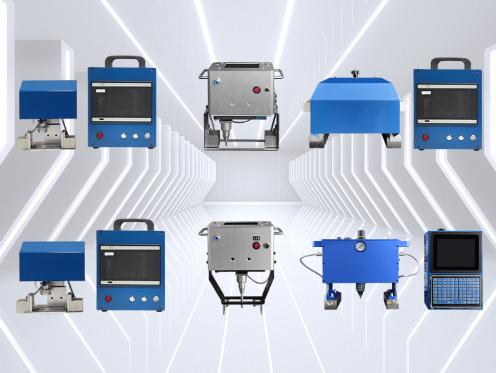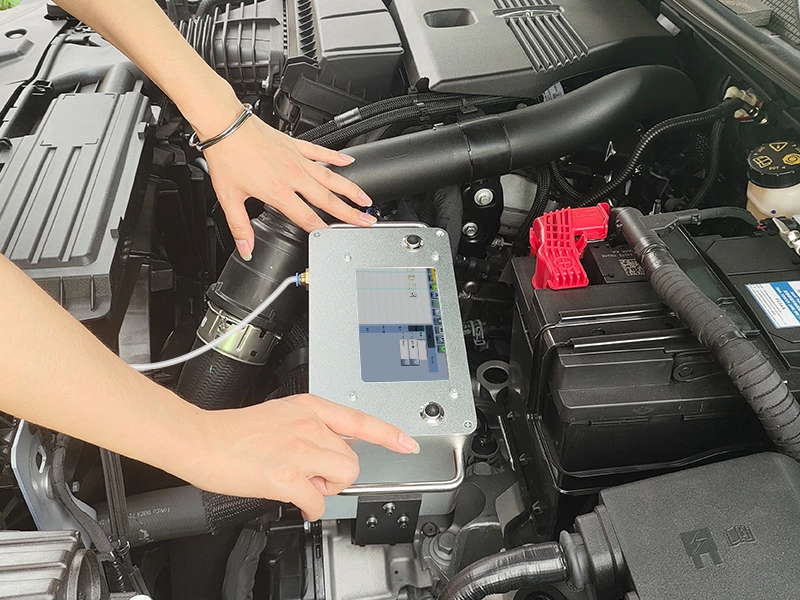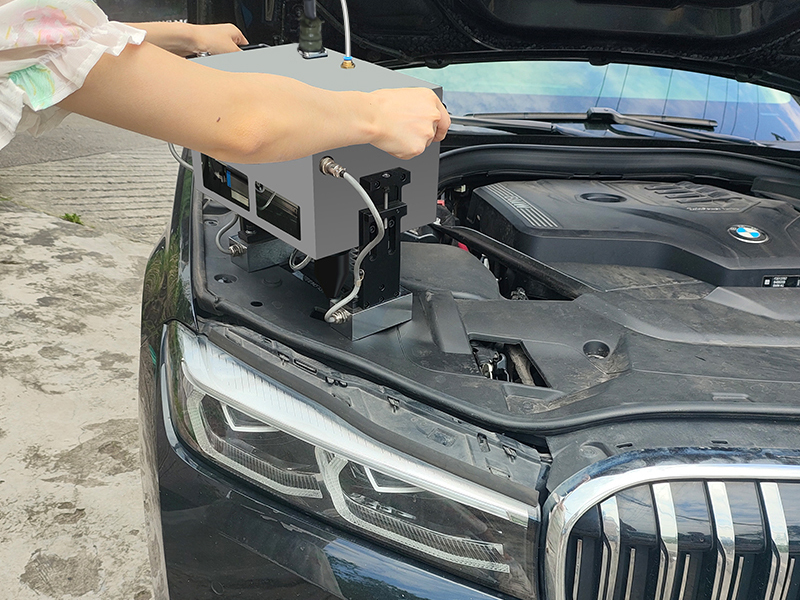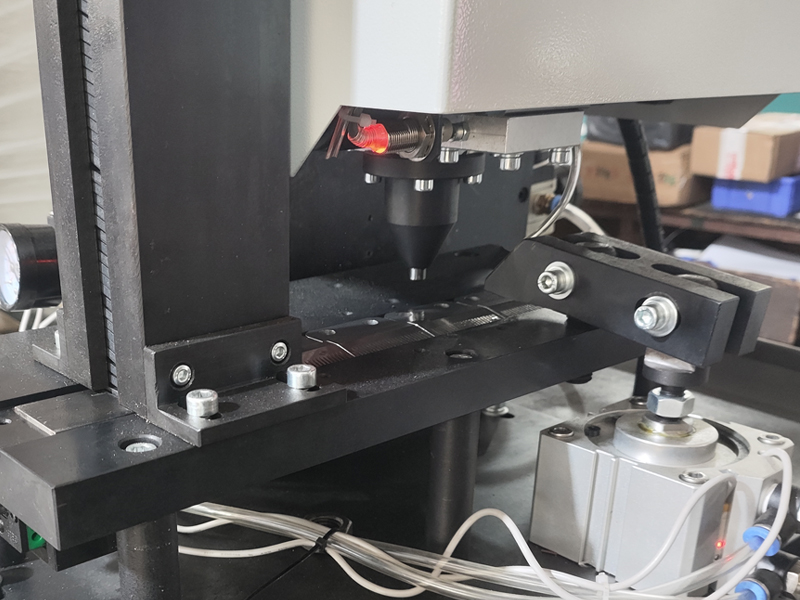What You Need to Know about VIN Marking
For car owners and car enthusiasts, the vehicle’s VIN should be familiar. It not only provides basic information about the vehicle, but can also be used to track the vehicle’s history when necessary. After years of development, VIN marking can adopt different technologies. So what exactly is VIN marking? Let’s take a look at the detailed introduction.
What is VIN Marking?
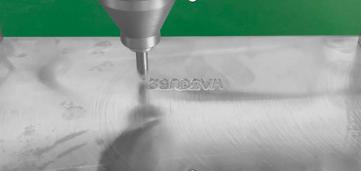
The vehicle identification number (VIN), also known as the frame number, is a unique ID number for each car. It consists of 17 characters, including letters and numbers, but not including I, Q, and O. VIN can not only identify the manufacturer, model, body type and code, engine code, and assembly location of the vehicle, but also includes important information such as the year, assembly plant, and vehicle serial number of the vehicle.
The marking location of the vehicle identification number usually has several main places, including the lower right corner of the front windshield, the door hinge column, the door lock column, the engine compartment, and the left side of the dashboard. In some models, the VIN may also be located on the vehicle nameplate, on the body above the right front shock absorber, in the trunk, or on the door hinge column, the door lock column, or one of the door sides that is connected to the door lock column.
Is VIN Marking Important for Your Business?
Yes, it is very important. Next, let’s take a closer look at the benefits of high-quality VIN marking to understand why you should choose to invest in a VIN marking machine.
- Theft Prevention and Recovery
Unique Identification: Each VIN is a distinct code, making it easier to identify a stolen vehicle.
Rapid Recovery: When a vehicle is reported stolen, law enforcement can use the VIN to quickly locate it.
Insurance Claims: VINs are essential for processing insurance claims related to theft, reducing the financial burden on businesses.
- Inventory Management and Tracking
Accurate Records: VINs provide a precise way to track the movement of vehicles within a business’s inventory.
Loss Prevention: VIN marking helps prevent losses due to misplaced or stolen vehicles.
Financial Control: Accurate inventory tracking is essential for financial management and reporting.
- Regulatory Compliance

Legal Requirements: Many countries have strict regulations regarding VIN marking. Non-compliance can result in fines and legal penalties.
Consumer Protection: VIN marking helps ensure that consumers are purchasing legitimate vehicles.
Industry Standards: Adhering to VIN marking standards demonstrates a commitment to quality and professionalism.
- Warranty and Recall Management
Authenticity Verification: VINs are used to verify the authenticity of a vehicle and its warranty status.
Recall Notifications: VINs enable manufacturers to efficiently notify owners of recalls and safety issues.
Customer Satisfaction: Timely recall management helps maintain customer trust and satisfaction.
- Data Analysis and Insights
Vehicle Performance: VINs can be used to analyze vehicle performance data and identify trends.
Market Research: VIN data can provide valuable insights into consumer preferences and market trends.
Business Decision Making: Informed decision-making is essential for business success, and VIN data can play a crucial role.
Therefore, VIN marking is not merely a compliance requirement but a strategic tool that can enhance business operations, protect assets, and improve customer satisfaction.
What are the Applications of VIN Marking?
VIN marking plays a vital role across various sectors of the automotive industry and beyond. The unique identifier, stamped or engraved onto different parts of a vehicle, serves multiple purposes, making it an indispensable tool for a wide range of applications. Here’s a closer look at how VIN marking is utilized across different domains.
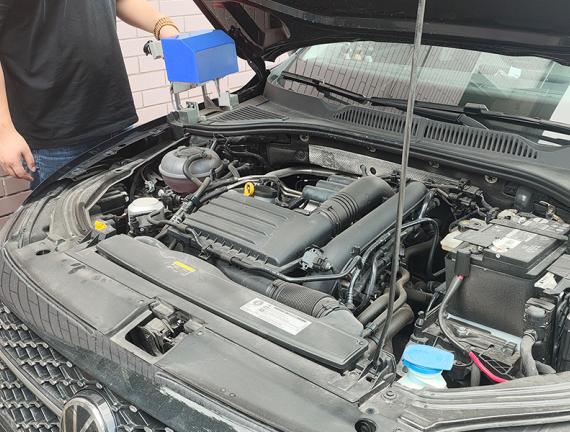
VIN Marking for Vehicle Manufacturing
In vehicle manufacturing, VIN marking is a critical component of the production process. Early in the assembly process, a unique VIN is etched or stamped onto various parts of the vehicle, such as the dashboard, engine block, and driver-side door pillar. This ensures that it is unique and traceable throughout its lifecycle. This helps manufacturers maintain accurate production records and track each vehicle from assembly to delivery.
In addition, if a defect is found in a specific model or production batch, the VIN allows manufacturers to identify and recall specific vehicles, allowing them to effectively manage the recall and minimize the impact on customers and brand reputation.
VIN Marking for Vehicle Dealerships and Sales
At dealerships and sales outlets, VIN tagging is commonly used to efficiently manage vehicle inventory. The VIN is a reliable reference point for sales transactions, and it helps accurately record ownership, financing, and registration.
When processing trade-ins or purchasing used vehicles, dealers rely on the VIN to verify the vehicle’s history and ensure that the vehicle has not been stolen, involved in a serious accident, or tampered with. This practice builds trust with customers, benefits the sales process, and improves customer satisfaction.
For Insurance and Law Enforcement
For insurance companies, the VIN is a crucial element in assessing risk, determining coverage, and processing claims. Accurate VIN records allow insurers to verify the vehicle’s details, such as make, model, and year of manufacture, ensuring that the correct premiums are charged and reducing instances of fraud. Law enforcement agencies also depend on VINs to track stolen vehicles and combat auto theft. A vehicle with a marked VIN can be quickly identified and returned to its rightful owner, and any attempt to tamper with or alter the VIN is a clear indicator of criminal activity.
For Businesses or Companies
Businesses that operate fleets of vehicles, such as logistics companies, rental services, and public transportation providers, use VINs to manage their assets efficiently. VIN marking helps fleet managers keep precise records of each vehicle’s maintenance history, usage patterns, and service needs, which is critical for scheduling regular maintenance, reducing downtime, and optimizing the fleet’s performance.
By tracking the VIN, companies can ensure their vehicles are operating at peak efficiency and adhering to safety standards, thereby reducing operational costs and enhancing customer satisfaction.
How to Choose the Right VIN Marking Machines?
Like many types of equipment on the market, VIN marking machines come in a variety of specifications and models, making it challenging to select the right one. The machine selected must be able to produce durable, legible, tamper-proof markings that meet industry standards and regulatory requirements. There are also some low-quality products available, so it’s important to follow these guidelines to choose the right VIN engraving machine.
- Know Your Requirements
Marking Materials: Determine the types of materials you will be engraving. Different machines are better suited for different materials, such as metal, plastic, or glass.
Marking Depth and Size: Consider the required depth and size of the engraving. Some applications may require deeper engravings, while others need precise, smaller markings.
Volume and Speed: Assess how frequently you will use the machine and the volume of items you need to mark. High-volume applications may require faster, more durable machines.
- Evaluate Ease of Use
User Interface: A machine with an intuitive user interface can save time and reduce errors. Look for features like easy software integration and straightforward control panels.
Operator Training and Support: Consider the level of training required to operate the machine effectively. Machines with accessible support and training resources are often a better choice.
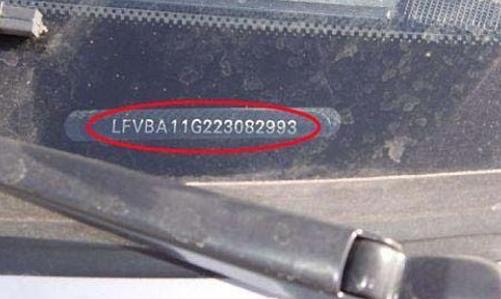
- Consider Durability and Maintenance
Build Quality: Invest in a machine made from high-quality materials that can withstand regular use, especially in industrial environments.
Maintenance Requirements: Check how easy it is to maintain the machine and whether spare parts are readily available.
- Check for Compliance and Certification
Industry Standards: Ensure the machine complies with relevant industry standards and regulations, which can be crucial for legal and safety reasons.
Warranty and Certification: Look for machines that come with a warranty and have certifications from recognized bodies to guarantee reliability and quality.
- Check for Customization Options
Flexibility in Marking: Ensure the machine can handle different types of marks, including VINs, chassis numbers, and other custom codes.
Fixture and Tooling Compatibility: Look for machines that offer customizable fixtures or tooling options, especially if you need to mark complex shapes or larger areas.
To bestly meet your requirement, Zixu offers a kind of VIN marking machine that suit your needs:
Handhold Pneumatic Dot Peen Marker
This our best-selling marker is widely used in the automobile industry for manually marking VINs, chassis numbers, and engine numbers on parts that are too large or heavy to move. It provides a smooth marking effect, supports original factory fonts, and is so easy to operate that one person can complete the entire marking process in just a few minutes. Additionally, you can customize fixtures for marking complex-shaped workpieces or larger areas, such as pipes or metal nameplates.
Generally, whether you are a manufacturer, dealer, or fleet manager, investing in the right VIN marking technology is key to staying competitive and compliant in today’ s market. If you want to know more information about peen marking machine, feel free to contact us.
Recommended Products

